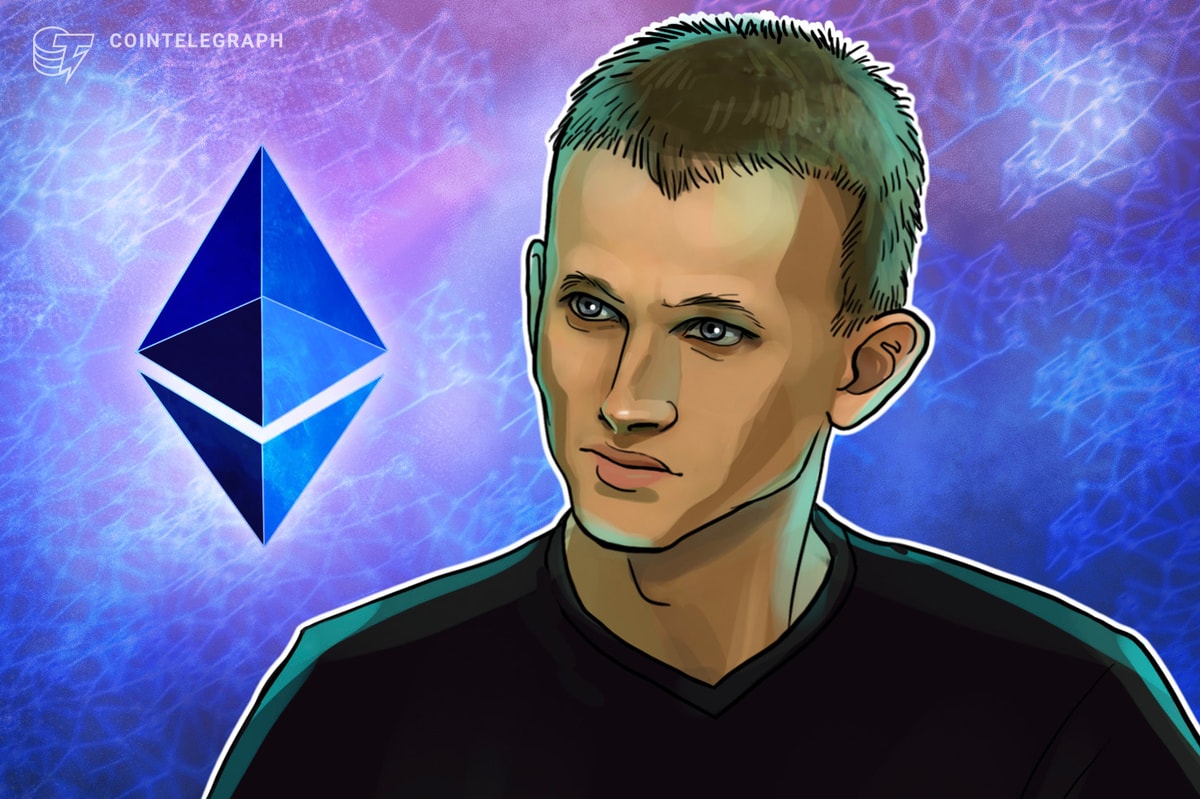Opinions expressed by Entrepreneur contributors are their own.
You’re reading Entrepreneur Asia Pacific, an international franchise of Entrepreneur Media.
Web3 gaming has certainly taken the gaming industry by storm over the last two years. And its growth is unlikely to slow down anytime soon. What makes Web3 gaming so attractive is that, unlike traditional gaming, it unlocks gaming business and economic models that are beneficial to all. Players, investors, developers, and game creators have the opportunity to participate in the value created from their participation, contributions and role in gaming concepts that often offer rewards via cryptocurrency and in-game prizes.

Handout
Like any new concept, however, Web3 gaming still has plenty of kinks to work out. Let’s look at three of the biggest problems Web3 gaming faces today.
Web3 gaming is much more than play-to-earn
Play-to-earn (P2E) games were created to give players more power, rather than giving it all to game developers. Yet, many people struggle to pay the high fees associated with joining a P2E game. Games such as Axie Infinity and Crabada can cost players thousands of dollars just to join. For those on a budget, this leaves two options. Either forget trying to enter their desired game or rely on investors to sponsor them. In turn, the latter would require a player to split their profits with an investor.
Splitting funds creates another shift of power that takes away from the players. Isn’t that what web3 gaming is trying to avoid in the first place? Web3 gaming guilds such as Yield Guild Games were created to counteract this problem through its scholarship program, but it still leaves much to desire.
Since Axie Infinity took the world by storm, Web3 gaming models have dramatically shifted and expanded. Game development from all genres has exploded onto the scene. At the same time, Web2 game designers, legacy studios, and publishers have joined the gaming revolution and are incorporating Web3 elements in different and varying manners. As a result, the modern state of Web3 gaming is diverse, evolving, and has broadly expanded far beyond the early days of simple P2E models.
The big learning curve between Web2 and Web3
There is quite a disconnect that exists between Web3 and traditional gamers. That’s because to navigate a Web3 game effectively, you need to know a little bit about cryptocurrency and the blockchain. Most Web3 games offer rewards in the form of crypto tokens and NFTs, and have a user experience that requires familiarity with Web3 wallets and how to access and navigate blockchains and other friction points for users.
On the other hand, Web2 is quite easy to access in familiar and approachable ways and to comprehend thanks to the enormous amount of tutorials, guides, and other content published every day.
In addition, many traditional gamers are skeptical of Web3 gaming. Gamers have reasons to be cautious. Having had to deal with centralized publishers who have taken advantage of their control to extract value from players via micro-transactions, play to win. For these reasons, gamers may be hesitant to play games that they perceive as enabling another form of extraction.
But that’s precisely why Web3 gaming was born. To support new forms of game economy and monetization that do not line up with the traditional forms of value extraction that they are more accustomed to in Web2.
Like any new innovation, there’s a learning curve that people must overcome. In web3 gaming’s case, that learning curve encompasses both the game itself as well as the world of cryptocurrency and blockchain. This has created friction for users that may be difficult to surmount until blockchain enabled crypto assets become more accessible, understood by users and developers and other market participants, and widely accepted.
Minimal content around Web3 gaming
Web3 gaming is still very new, in fact, the majority of blockchain games are still under development. This is partially why there is very little content surrounding the industry. However, one of the biggest reasons is that most content creators have yet to make the move from Web2 to Web3. This may simply be due to the fact that Web3 gaming isn’t as pronounced as its older sibling. However, it’s left a big gap that needs to be filled.
Videos, guides, wikis, and other content play an integral role in the gaming community, and Web3 gaming isn’t any different. Players need these resources to better understand the games, discover new strategies, and engage with a community with similar interests. Game developers, studios, and other Web3 gaming market participants need this content as a critical component to drive their go-to-market top-of-funnel adoption and awareness by global gamers.
Projects such as ReadyPlayerDAO are solving this problem by bringing professional-grade custom content and media with scaled reach to global gaming audiences via a creator network anchored by MYSTIC7 & Alliestrasza, to support the international adoption of Web3 gaming.
Is content the key?
Web3 gaming enabled gaming models have just begun coming to market, so there isn’t much in the form of media or content around it. As a result, there is a major gap in professional grade accessible content and media for global gamers, developers and other market participants to rely on to learn, drive adoption & reach their full potential. This gap in the market could lead to large opportunities for individuals and organizations who bring this content to market.
While projects like ReadyPlayerDAO are actively working to bring high quality relevant content to global gaming audiences we’ve still got a ways to go. Guides, Let’s Plays, Reviews, and even news articles are an integral part of the gaming industry we know and love. Just as the current gaming industry participants benefit from robust and high quality gaming content to support the global gaming ecosystem, web3 gaming will benefit from this high quality content coming to support the industry.
Read More: news.google.com









 Bitcoin
Bitcoin  Ethereum
Ethereum  Tether
Tether  XRP
XRP  Solana
Solana  USDC
USDC  Dogecoin
Dogecoin  Cardano
Cardano  TRON
TRON  Lido Staked Ether
Lido Staked Ether  Wrapped Bitcoin
Wrapped Bitcoin  Sui
Sui  Chainlink
Chainlink  Avalanche
Avalanche  Stellar
Stellar  LEO Token
LEO Token  Hedera
Hedera  Shiba Inu
Shiba Inu  Toncoin
Toncoin  Wrapped stETH
Wrapped stETH  USDS
USDS  Bitcoin Cash
Bitcoin Cash  Litecoin
Litecoin  Polkadot
Polkadot  Hyperliquid
Hyperliquid  Bitget Token
Bitget Token  Binance Bridged USDT (BNB Smart Chain)
Binance Bridged USDT (BNB Smart Chain)  WETH
WETH  Ethena USDe
Ethena USDe  Pi Network
Pi Network  Monero
Monero  WhiteBIT Coin
WhiteBIT Coin  Wrapped eETH
Wrapped eETH  Coinbase Wrapped BTC
Coinbase Wrapped BTC  Pepe
Pepe  Uniswap
Uniswap  Aptos
Aptos  Dai
Dai  Bittensor
Bittensor  OKB
OKB  Ondo
Ondo  NEAR Protocol
NEAR Protocol  Gate
Gate  Internet Computer
Internet Computer  Official Trump
Official Trump  Ethereum Classic
Ethereum Classic  sUSDS
sUSDS  BlackRock USD Institutional Digital Liquidity Fund
BlackRock USD Institutional Digital Liquidity Fund